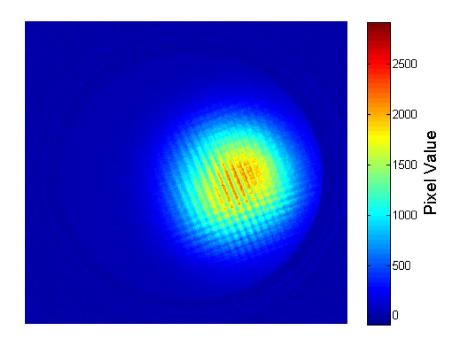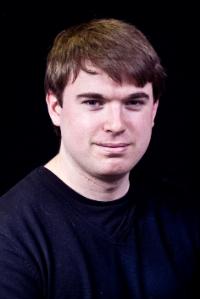PhD completed ! Lee Devlin identifies ways to enhance next generation light sources and colliders
A large part of current research and innovation capacity depends on high quality electron beams. Electron accelerators are found in many applications from cancer therapy, cargo scanners, high energy particle colliders, synchrotron light sources to free electron lasers. Electron beams also offer exciting opportunities for developments at the cutting edge of science, for example on novel accelerating schemes which promise accelerating gradients several orders of magnitude higher than what can be realised with conventional radiofrequency accelerators.

Whilst R&D into the optimisation of electron accelerators has been performed over many decades, further improvements are still required so their potential can be fully exploited. This includes studies into advanced instrumentation to yield more precise information about the beam itself, novel simulation tools that model the physics of emission and interaction processes, as well as improved beam generation and shaping schemes to enhance the achievable beam brightness.
 In the frame of his PhD project, QUASAR Lee Devlin has studied different areas of electron beams and associated technologies pertaining to the same question: How can we better understand the generation, control and use of electron beams? In his thesis which has just been accepted by his examiners he discusses studies into electron emission and initial beam shaping for future high brightness light sources, as well as investigations into novel beam loss monitors suitable for highest energy particle colliders.
In the frame of his PhD project, QUASAR Lee Devlin has studied different areas of electron beams and associated technologies pertaining to the same question: How can we better understand the generation, control and use of electron beams? In his thesis which has just been accepted by his examiners he discusses studies into electron emission and initial beam shaping for future high brightness light sources, as well as investigations into novel beam loss monitors suitable for highest energy particle colliders.
Congratulations, Lee !